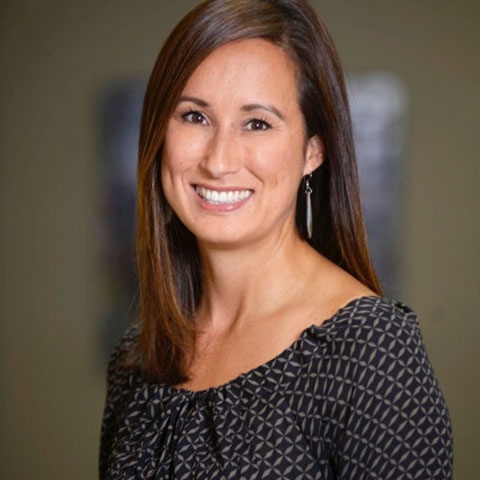With the FDA approval of flibanserin (Addyi) last fall, many have criticized both the FDA as well as supporters saying female sexual medicine is over-medicalized. While from a specific lens, this may ring somewhat true, here’s the problem with this theory. It implies that rather than having a medical issue contributing to sexuality, female sexual issues must be entirely psychological, or perhaps social, or even worse, that they just don’t matter. Conversely, not too many years ago, female sexuality was “all in our heads”. Interesting history fact: Dating back to the 4th and 5th centuries BC, women’s erratic moods and behavior were blamed on the uterus. It was thought that the uterus wandered, and the corresponding medical anomaly was dictated by where the uterus landed. Stemming from ancient Greek culture these women were diagnosed with hysteria (originating from the Greek root hyster meaning womb) and treated with, wait for it…orgasm! The treatment wasn’t called an orgasm however because female orgasm, pleasure, and sexuality were not a recognized phenomenon. “Hysterical paroxysms” – gold standard of treatment. This diagnosis and treatment became an epidemic in the late 19th century. Doctors would not only prescribe, but actually provide orgasms (paroxysms) for women diagnosed with hysteria in the office initially using their hands, and progressing to devices we now lovingly refer to as vibrators. Sexual pleasure was the farthest from the minds of the physicians providing this treatment. This was a medical diagnosis with a medical cure…end of story. In fact, there was so little understanding of female anatomy and biology that the hysteria diagnosis was used commonly for most female physical and emotional ailments. It wasn’t until the 20th century when the notion that women could experience sexual desire or pleasure was even a fleeting thought. Seriously, I promise I’m not making this up!
So, what’s the consensus. The consensus is, there isn’t a consensus. It seems we vacillate based on societal scripts. What is being told to us at the time? Who stands to benefit from each differing point of view. If it’s over-medicalized, can we blame the drug companies for just trying to capitalize? If it’s all in our heads, can we blame women for not controlling their emotions? What if we forget about who’s to blame and who’s to capitalize and ASK WOMEN. Could we entertain the possibility that female sexuality is in our bodies, as well as in our heads, as well as driven by social scripts? That it can ebb and flow with changes in life circumstances, age, partner, children, job changes, pregnancy, breast-feeding, time of month, even time of day. These peaks and valleys in intimacy and frequency are normal. What if we start defining our own normal? Can we learn to be comfortable with what makes us happy, versus what society tells us should make us happy? It takes a lot of confidence, understanding, and communication with our partner, but I’ve witnessed couples accomplish this goal. Those are some of the most rewarding days.
Back to the cause. Why does female sexuality seem so complex? Well, it’s not a simple blood flow issue, I’ll give you that. But human sexuality, male and female, is complex. We have sex with our brains, our bodies, our hearts, our minds, and our genitals. It’s not something to be oversimplified. Let’s allow ourselves to see it from a multi-factorial point of view. Let’s learn to accept the psychological aspect as well as the social aspect. And there is too much data to disregard the medical aspect of female sexuality. But it doesn’t write our entire book. It’s a chapter, for some a long chapter, for some a short chapter, but absolutely a chapter worth reading.
Written by Nisha McKenzie, PA-C, who focuses on women’s health at Grand Rapids OB/GYN.




